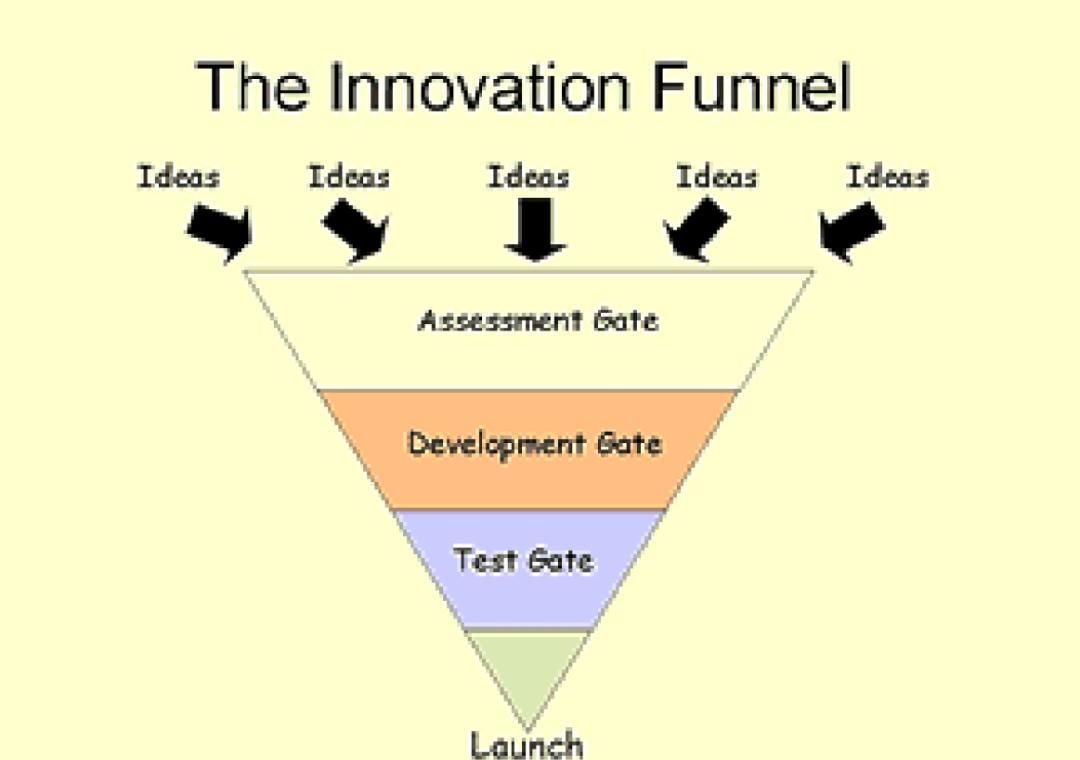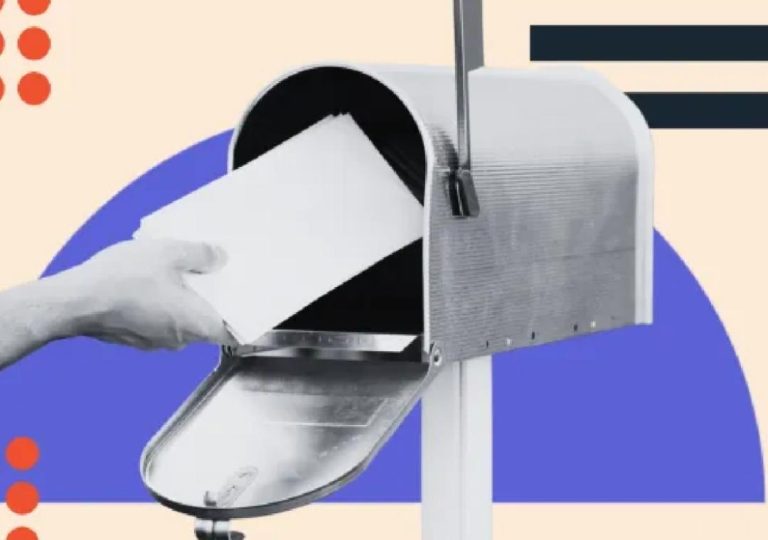
How does the innovation funnel turn ideas into tested solutions?
In today’s fast-paced business landscape, innovation is the key to staying ahead of the competition. However, with numerous ideas floating around, it can be challenging to determine which ones are worth pursuing. This is where the innovation funnel comes into play. The innovation funnel is a systematic approach that helps organizations turn ideas into tested solutions by filtering concepts through various stages, ensuring that only the most viable ideas make it to execution.
The innovation funnel creates a structured path from idea to execution by filtering concepts through discovery, validation, prioritization, and prototyping. This prevents resource dilution by advancing only high-viability ideas, allowing teams to focus on the most promising concepts. By doing so, it encourages broad exploration, early assumption testing, and evidence-based refinement, helping teams stay experimental while maintaining operational discipline.
The Stages of the Innovation Funnel
The innovation funnel consists of several stages, each designed to evaluate and refine ideas. These stages include:
- Discovery: This is the initial stage where ideas are generated. It’s an open-ended phase where teams are encouraged to think outside the box and come up with as many ideas as possible. The goal is to cast a wide net and capture a diverse range of concepts.
- Validation: In this stage, ideas are evaluated to determine their potential for success. This involves researching the market, analyzing customer needs, and assessing the feasibility of each concept. The goal is to identify ideas that have a high likelihood of success and eliminate those that are unlikely to succeed.
- Prioritization: Once ideas have been validated, they are prioritized based on their potential impact, feasibility, and alignment with business goals. This stage ensures that resources are allocated to the most promising ideas.
- Prototyping: In this stage, prioritized ideas are developed into prototypes. Prototypes are minimal viable products (MVPs) that allow teams to test and refine their ideas. This stage is critical in identifying potential pitfalls and making necessary adjustments before investing in full-scale development.
- Testing and Refinement: The final stage involves testing and refining prototypes. This stage provides valuable feedback from customers, allowing teams to make data-driven decisions and iterate on their ideas.
Benefits of the Innovation Funnel
The innovation funnel offers several benefits, including:
- Resource Efficiency: By filtering out low-viability ideas early on, organizations can avoid wasting resources on concepts that are unlikely to succeed.
- Increased Success Rates: The innovation funnel helps teams focus on high-potential ideas, increasing the likelihood of success.
- Improved Collaboration: The innovation funnel encourages collaboration among team members, stakeholders, and customers, ensuring that everyone is aligned and working towards a common goal.
- Reduced Risk: By testing and refining ideas through prototyping and experimentation, organizations can reduce the risk of launching a product or service that may not meet customer needs.
Implementing the Innovation Funnel
Implementing the innovation funnel requires a cultural shift within an organization. It demands a willingness to experiment, take risks, and embrace failure as a learning opportunity. To successfully implement the innovation funnel, organizations should:
- Establish a Culture of Innovation: Encourage a culture that values creativity, experimentation, and continuous learning.
- Define Clear Goals and Objectives: Establish clear goals and objectives for the innovation funnel, ensuring that everyone is aligned and working towards a common purpose.
- Assign Dedicated Resources: Allocate dedicated resources to support the innovation funnel, including personnel, budget, and infrastructure.
- Monitor and Evaluate Progress: Regularly monitor and evaluate progress, making adjustments as needed to ensure the innovation funnel is functioning effectively.
In conclusion, the innovation funnel is a powerful tool for turning ideas into tested solutions. By providing a structured approach to innovation, it helps organizations focus on high-viability ideas, reduce resource dilution, and increase success rates. By implementing the innovation funnel, organizations can stay ahead of the competition, drive growth, and achieve long-term success.
For more information on the innovation funnel and how it can benefit your organization, please visit: https://www.growthjockey.com/blogs/innovation-funnel
News Source: https://www.growthjockey.com/blogs/innovation-funnel






